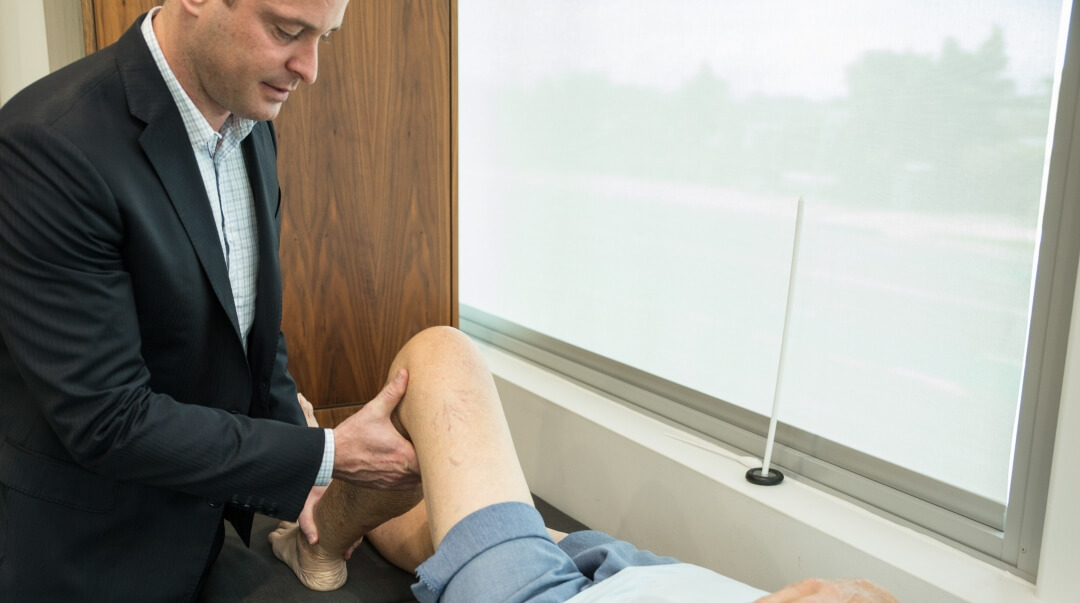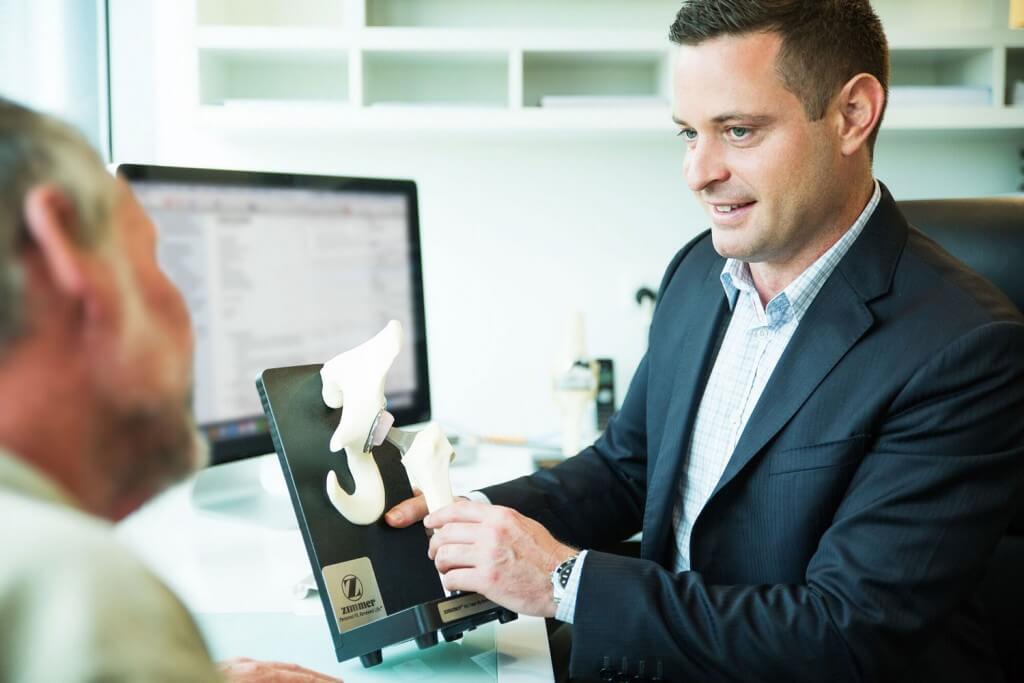
I perform hundreds of knee replacement surgeries every year so I see first-hand just how important it is for people to take the right steps to recover.
The first tip to rehab after a knee replacement surgery is to use an ice compress. This method is crucial in reducing swelling and pain, which will ultimately increase movement of the knee. In my practice, we provide patients with an Ice Machine to loan following their surgery to encourage this.
Secondly, let your body recover and don’t overdo physiotherapy. All prescribed exercises should be done in short duration with more repetitions. Most people want to get back to normality as quickly as possible but sometimes when they push themselves too hard, it can have the opposite effect.
In saying that, exercise is still paramount so regular, short walks is one of the best ways to help your body return to normal function.
At Victorian Orthopaedic Group, we also put a huge emphasis on prehab, which involves getting our patients to practice using crutches and start their exercises before the surgery.
If you would like to discuss the knee condition you are managing and treatment options available, please contact us.
DR DAEVYD RODDA
VICTORIAN ORTHOPAEDIC GROUP



